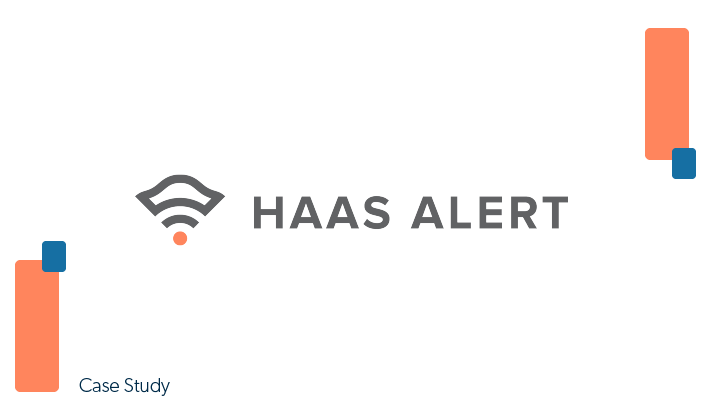Achieve and Maintain Compliance
Unify identity, access, and device management to implement, enforce, and demonstrate compliance controls.
>75%
Of organizations lack visibility into their IT assets, making risk management extremely difficult.
44%
Of companies lack visibility into all endpoints, and only 30% are confident in their ability to see over 85% of their endpoints.
41%
Of companies have an inability to enforce integral policies that ensure compliance.
Simplify Compliance with a Centralized Open Directory
An audit is a moment-in-time process, but satisfying compliance is an ongoing effort with many moving parts. To stay ahead, use JumpCloud’s open directory platform to centrally access and monitor data for all compliance needs, as well as deploy policies to ensure consistency and reliability across your entire IT environment. JumpCloud takes security and privacy seriously and complies with the GDPR EU privacy regulation to protect personal data.
“We’ve greatly increased our overall security and compliance thanks to JumpCloud, allowing us to more easily meet the requirements of SOC 2 certification and future certifications that are planned.”
Product Details
Open Cloud Directory
Centrally secure and manage core user identities, with robust access and device control.
Learn MoreIdentity Lifecycle Management
Create, update, and revoke user identities and access from a unified open directory platform.
Learn MoreCross-OS Device Management
Windows, Mac, and Linux device management to configure, secure, and support endpoint and server infrastructure.
Learn MoreDirectory Insights
Centrally view directory data for more simplified troubleshooting and compliance monitoring.
Learn MoreConditional Access
Enforce dynamic security measures on all devices to protect them and the resources they house.
Learn MorePatch Management
Improve device security posture with automated patching schedules and complete version control.
Learn More








